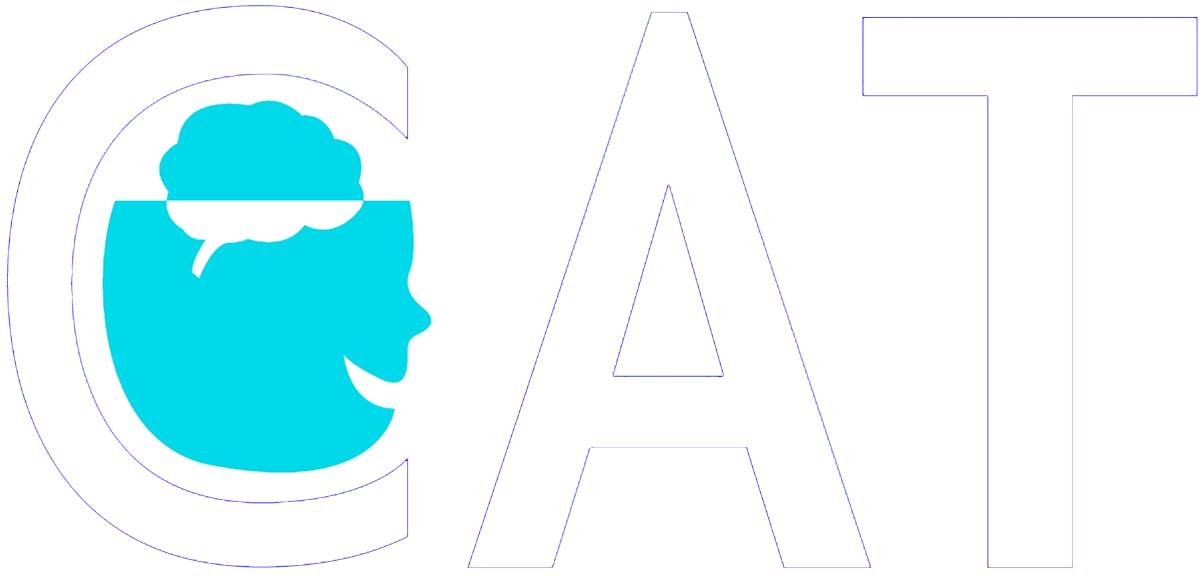Visit Details
The Parent-to-Child Anxiety Transmission (PCAT) study is a 2-year longitudinal study examining how parent-child interactions affect children’s socioemotional development. Participation requires three annual visits to our lab, with each annual visit split into 2 in-lab session (Part B and C) to avoid overtaxing you and your child. We’ve provided some information about each in-lab visit so that you and your child know what to expect!
PART B:
fNIRS, ECG, and Mobile Eye-tracking
Time requirement: 3-hours
During the visit to Chandlee Laboratory, parents and children are asked to play some games while wearing ECG, fNIRS, and mobile eye-tracking glasses (more details about equipment here).
After explaining the task to your family and gaining your child’s consent to participate, we’ll measure both of your heads and explain how the fNIRS caps work.
There are four games you’ll play. Before each, you and your child may be instructed to sit still and quietly while you watch a 2-minute video clip. This helps us get a nice baseline for our different measures:
Riddle Game: While your child is in the testing room answering some riddles, a research assistant will be helping you with the ECG stickers. After finishing the riddles, children will be asked to wear their own set of ECG stickers. These stickers will stay on for the remainder of the visit, allowing us to measure your heart rate.
Parent-Child Game: While wearing the fNIRs caps, you and your child will work together to design an art project, solve some puzzles, and play with our fun toys.
Speech Game: For this game, you and your child will be instructed to create a short speech which you later give in front of each other and an expert judge. While this game is happening, you will wear these cool eye-tracking glasses that help us see the world from your perspective — we call them “spy glasses.”
Faces Game: For their last game, your child will look at various faces and objects on a computer screen while wearing our “spy glasses.”
Once every game has been completed, your child will be rewarded with a small prize for their hard work!
**Snack and bathroom breaks will be available throughout the visit.
PART C:
ECG and EEG
Time Requirement: 2-hours
During the visit to our lab, your child will play some computer games while wearing ECG stickers and an EEG cap (more equipment details about equipment here).
Before we play any games, our research assistants will place the EEG cap on your child ‘s head. This process take a little longer than the fNIRS cap, but the fit is more comfortable. Then, we’ll add some gel to ensure we can collect good data from the EEG cap.
This whole process usually takes about 10-15 minutes while your child watches some videos. Of course, you can be present during this whole process.
Once the cap and the ECG stickers have been placed and your child is ready to play our games, one of our research assistants will direct you to our waiting room, where you can relax or finish some of our questionnaires.
There are two games your child will play:
Astronaut Game: in this game, your child will be instructed to pretend to be an astronaut and to follow some directions as if they were launching in a rocket ship.
Gooble the Alien: For this game, our little friend Gooble is an alien that gets lost on Earth. Your child will help us find Gooble by pressing some keys on a computer.
Once the games are done, your child will get some stickers for their hard work.
That’s it for your in-lab visits; we’ll see you next year!
Attire
Dess comfortably, in loose-fitting clothing
If applicable, wear a sports bra
No tight clothing, turtlenecks, or dresses
No jewelry around the neck
Haircare
Wash your child’s hair before the EEG visit, but don’t use any hair product
Put long hair in a low ponytail
Avoid wear large braids
EEG gel is sticky, bring a hat for afterwards
Eyewear
If your vision is impaired, contacts are preferred
No dark makeup around the eyes




